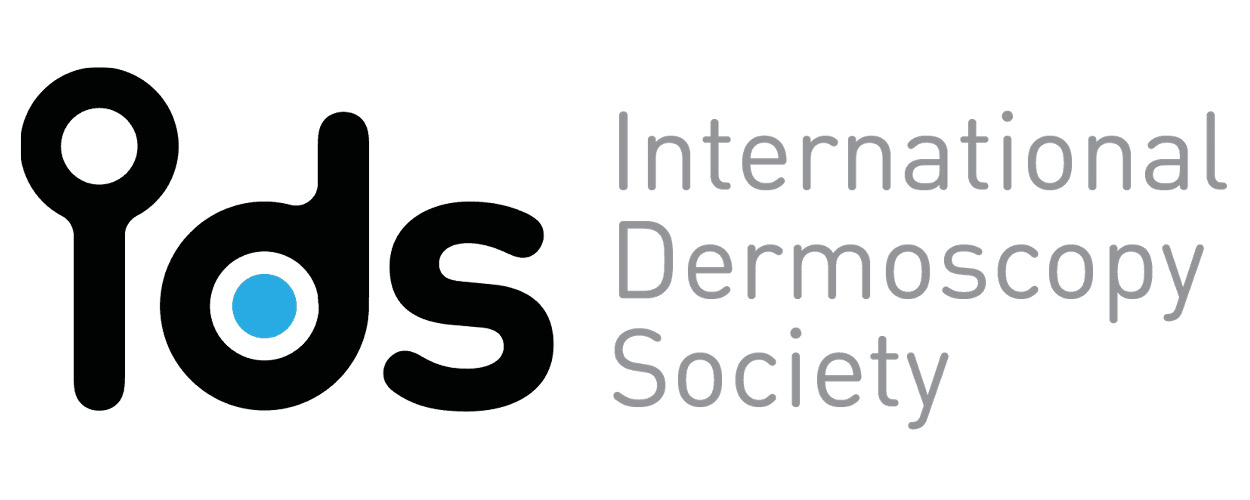Objectives: In this work, our objective was to develop a novel algorithm based on dermoscopically guided high-frequency ultrasound for risk categorization of basal cell carcinomas. Based on this algorithm, it is possible for clinicians to select those lesions that only require topical treatment, such as cryotherapy, photodynamic therapy, curettage or topical treatment with imiquimod or 5-fluorouracil. Conversely, tumors categorized as high-risk warrant surgical excision.
Introduction: Basal cell carcinoma (BCC) is the most common type of skin cancer. The histological subtype (HST) of BCC, essential for determining treatment strategies currently relies on invasive biopsy. This study aims to assess the potential of dermoscopically guided high-frequency ultrasound (DG-HFUS) imaging in the differentiation of aggressive HST BCCs.
Materials / method: This prospective study involved clinical and dermoscopic evaluations of BCCs, followed by DG-HFUS imaging at 33 MHz, surgical excision, and histopathological analysis. 75 patients with 78 BCCs were enrolled with 63 lesions used to develop a novel DG-HFUS risk classification algorithm and 15 lesions for algorithm validation. Statistical analysis included a one-sided Fisher’s exact test for categorical assessment and Receiver Operating Characteristic (ROC) curve analysis for evaluating diagnostic accuracy.
Results: DG-HFUS effectively distinguished aggressive BCC HSTs by detecting irregular shapes (p < 0.0001), ill-defined margins (p < 0.0001), and non-homogeneous internal echoes (p = 0.004). A risk-categorizing algorithm was developed, demonstrating superior sensitivity (82.4%) and specificity (91.3%) compared to conventional macroscopic and dermoscopic evaluations (sensitivity: 40.1%, specificity: 73.1%). Validation of the algorithm with an independent image set (n = 15), evaluated by two blinded assessors, revealed a sensitivity of 83.33% and specificity of 91.66%.
Conclusion: We demonstrated that our novel algorithm based on core DG-HFUS features can distinguish high risk BCC HSTs with higher sensitivity and specificity compared to a combined dermoscopic and macroscopic assessment. This improved precision in early risk categorization harbors clinical implications for BCC management, facilitating early minimally invasive treatments for low-risk HSTs, resulting in more satisfactory cosmetic outcomes.
Divulgação de informações
Você recebeu algum patrocínio para sua pesquisa neste tema?
Não
Você recebeu algum tipo de honorário, pagamento ou outra forma de compensação por seu trabalho neste estudo?
Não
Você possui relação financeira com alguma entidade que possa competir com os medicamentos, materiais ou instrumentos abordados no seu estudo?
Não
Você detém ou pediu a registro de patente para algum dos instrumentos, medicamentos ou materiais abordados no seu estudo?
Não
Este trabalho não recebeu nenhum patrocínio direto ou indireto. O mesmo está sob a própria responsabilidade do seu autor.












